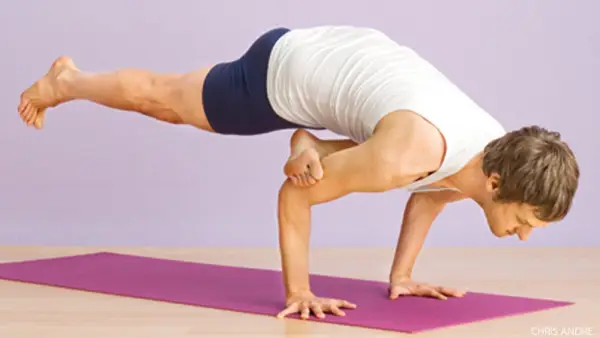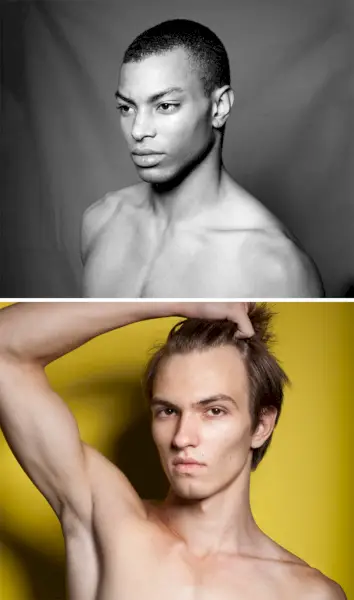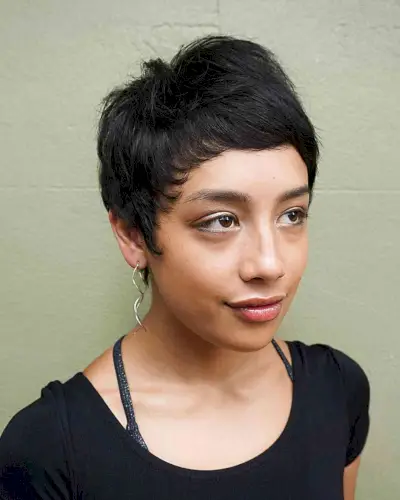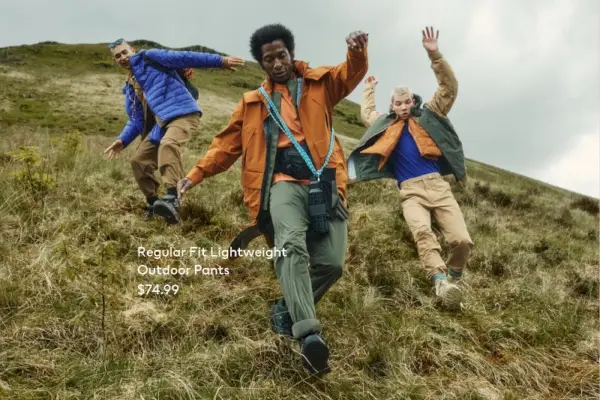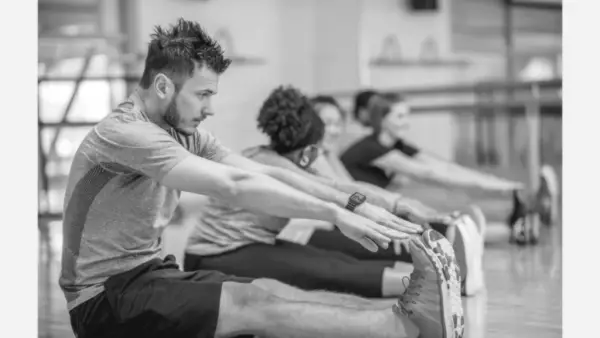Despite the fact that I’m rarely motivated to try a new-to-me yoga class—especially at one of the many big-box-style studios popping up everywhere with their sleek cubbies and branded tank tops—I recently stepped outside my comfort zone to take a class at YogaSix. Billed as a modern yoga boutique, the brand has opened more than 200 locations across the U.S., quickly becoming lielākā jogas franšīze Amerikas Savienotajās Valstīs un ir paplašinājies starptautiskā mērogā Vācija un Japāna . In a post-pandemic time when many independent studios have closed their doors, that kind of growth is hard to ignore. So while I prefer practicing yoga at small, independent studios, I signed up for a restorative class at my local YogaSix to see what’s drawing so many people in. Having practiced an array of yoga styles for more than a decade, I wondered whether this modern, chain-studio version of yoga could possibly work for someone like me.
Daudziem es varu tikai pieņemt, ka strukturēts formāts, konsekvents studijas zīmols un kopības izjūta, kas šeit ir regulāra, varētu patikt kādam, kas jauns jogā, vai arī meklē zemu barjeru ieejas punktu. Pastāv piekļuve, kas raksturīga, lai ieietu pazīstamā telpā, neatkarīgi no tā, kurā pilsētā atrodaties. Tā ir franšīzes pievilcība, vai ne? Jūs zināt, ko gaidīt neatkarīgi no pilsētas vai studijas.
puišu džinsa jaku tērpi
Yogasix nepiedāvā tradicionālās jogas nodarbības (arī tās nepretendē), bet gan vairāk saplūšanas stilu, kas ir kļuvis populārs daudzās sporta zālēs un studijās. Es izvēlējos uzņemties Y6 atjaunošanu, kas tiek raksturota kā prakse, lai atbrīvotu galvenās ķermeņa muskuļu grupas un notiek siltā telpā. Es parasti izvairos no karstas jogas kā personiskas izvēles, bet man bija interese par studijas izvēli pievienot siltu vidi jogas stilam, kas pazīstams ar relaksējošām un lēnām kustībām.
Despite my initial panic when I started to sweat before class even began, I tried to keep an open mind. The room was dark, which was ideal, but when dramatic neon blue and green stage lights turned on, the room felt more like a nightlife venue than a yoga studio to me.
Tomēr joprojām jutās pārliecinoši un laipni, ka skolotājs jau bija uzstādījis katra studenta rekvizītus pirms mūsu ierašanās. Yogasix ir sava stiprinājuma versija, kuru viņi sauc par spilvenu. Tas ir bolstera formas, bet tas ir arī ļoti mīksts un nav tik izturīgs kā tipisks stiprinājums. Kad es to izmantoju zem savām kājām Savasanā, tas piedāvāja mazāku atbalstu, nekā es biju pieradis uz manu muguras lejasdaļu. Skolotājs mums arī deva samtainu spilvenu lietas, lai tās uzvilktu, kas pārliecināja manu iekšējo dīgļu ķēmi. (Lielākajā daļā studiju jūs vienkārši veicat mieru ar faktu, ka rekvizīti ir daudz izmantojuši un, iespējams, absorbēja daudz sviedru. Centieties par to pārāk daudz nedomāt.)
puisis ar gariem cirtainiem matiem
For the majority of the class, the vibe was a hybrid between a stretching class and physical therapy, except when it turned into a workout class, in which the teacher cued reps of Chair Pose. She mostly offered verbal cues, which were a little too vague to follow without a visual demonstration. There were very few variations offered and, more than once, I found myself lingering in limbo because I didn’t want to do the stretch as she showed it, but I didn’t know what else to do with my body.
She did, however, make an intentional effort to cue students to breathe multiple times throughout class, which I appreciated. She guided our awareness to specific areas of the body—like the ribs and belly—where we could direct the breath. Her prompts to notice where the breath is in different poses helped me deepen my stretches and relax more fully into each posture.
In the Y6 Restore class I attended, the teacher put her hands on me to adjust my leg in Reclining Hand-to-Big-Toe Pose without asking. I was surprised and disappointed, as in recent years, there’s been increased awareness surrounding student consent when it comes to a teacher’s hands-on adjustments. Different studios tend to handle the matter differently. Some have strict policies, whereas others leave it to the teacher’s discretion. In my class, when the teacher later returned to offer an adjustment, she did ask for consent beforehand, and when I said no, she respected that.
While in Corpse Pose at the end of class for Savasana, Etta James played loudly while the teacher handed out cold lavender-scented towels for our eyes during the final resting pose. (I don’t mind Etta, but this felt out of place to me.)
For a week following my class, I received several texts, calls, and voicemails from both a wellness advisor and the yoga teacher at Yoga Six asking me if I was interested in continuing my yoga journey with them. I’m not used to that level of follow-up after a first class and it turned me off to the experience. (I usually practice at small, independent studios where that kind of post-class outreach isn’t the norm.) After the fifth time I was contacted, I opted to block the number. Ultimately, this wasn’t the type of yoga class I want to take again.
Of course, this was just one class at one YogaSix studio with one teacher. I can’t speak for the entire brand or the experience someone else might have in a different class or city. But I can say that, for me, this version of yoga—highly structured, branded, and studio-lit—felt worlds apart from what originally drew me to the practice.
puisis citē tetovējumus
Tomēr es saņemu apelāciju. Šāda veida studijas piedāvā pazīstamu, atkārtojamu pieredzi neatkarīgi no tā, kur atrodaties. Un varbūt tas ir kompromiss: kaut kas pieejams, pat ja tas ir mazāk personīgs un tālu no manas vēlamās prakses. Varbūt jogas nākotne dod vietu abiem - par buzzier boutique pieeju un klusākajām tradīcijām, kas mūs ļauj atgriezties pie mūsu paklājiem tādu iemeslu dēļ, kurus ne vienmēr var zīmēt.
